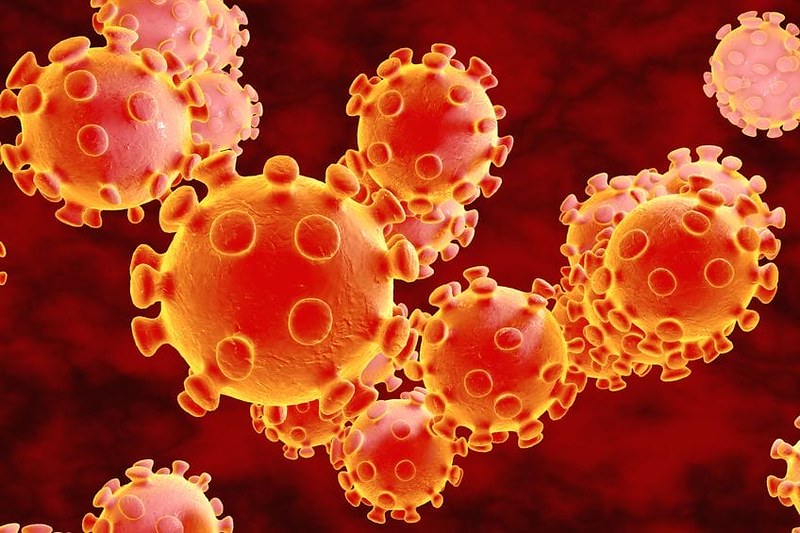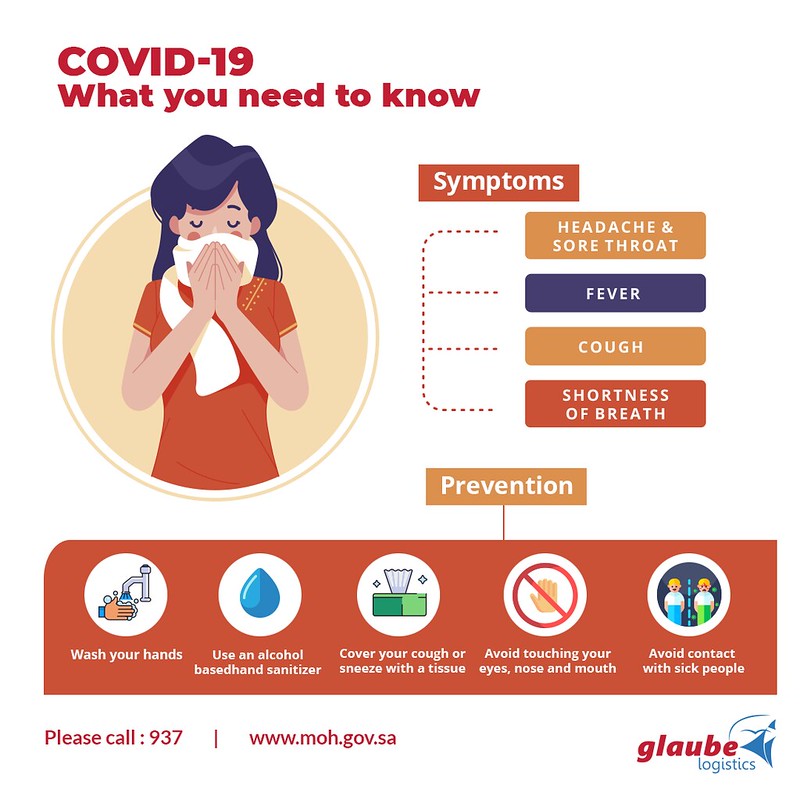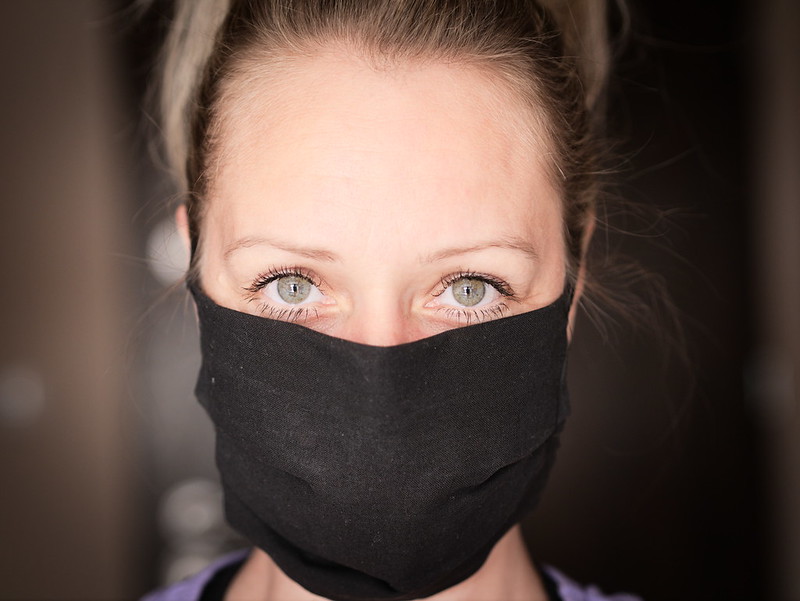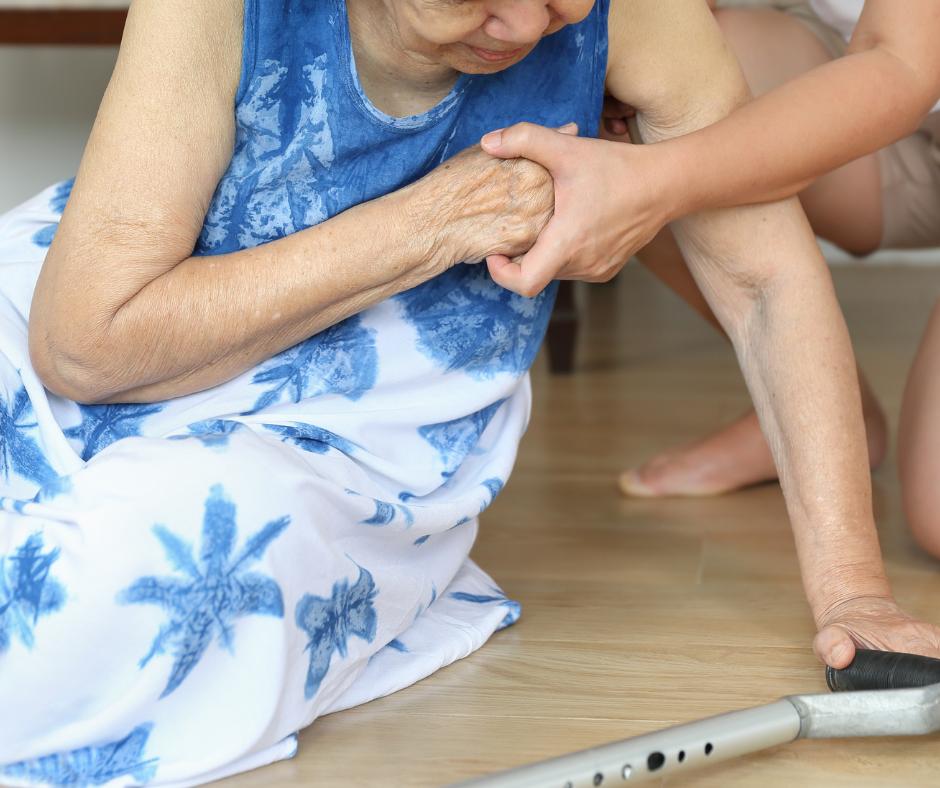SHARES

“I’ve heard that most people get only cough and fever with COVID-19. However, its all over the news that some people have no symptoms at all or have very severe symptoms!” Linda, 45, wonders how is it possible for her to tell if she has COVID-19 or not.
In fact, there is still a large part that remains unknown about the novel coronavirus causing the current pandemic, COVID-19. This new coronavirus, SARS-Cov-2, is a strain of beta coronavirus that can cause rather different symptoms in different individuals. A group of researchers from King’s College London studied data from patients who documented symptoms they experienced. Subsequent analysis of the study data describes six different types of symptom cluster among patients with COVID-19.
The King’s College London’s Study
During the months of March to April 2020, about 1600 patients with COVID-19 across the United States and United Kingdom were studied for their symptoms in the first 8-10 days of their infection. This is to investigate how the symptoms during the first week of infection could help in determining the likelihood of COVID-19 turning severe or requiring hospitalisation.
Researchers identified six groups of COVID-19 with three clusters belonging to mild disease category whereas the other three clusters tend to the more severe range of the disease.
The Six Clusters of COVID-19 Symptoms
Th disease is considered more severe as the symptoms get more serious starting from milder symptoms in category #1 to the most serious symptoms in #6. Generally, those with existing medical conditions such as high blood pressure, diabetes, kidney disease, etc. and those of advanced age and lower immunity are more likely to have more severe symptoms from the infection.
1. Flu-like Infection Without Fever
The is the mildest form of COVID-19. The patient usually experience little to no symptoms. As the viral load affecting the respiratory airway increases, the person gets symptoms similar to that of common cold such as runny nose, cough, sore throat, blocked nose, headache, sore throat, and muscle pain. Loss of smell and chest pain are also common symptoms among patients in this cluster.
2. Flu-like Infection With Fever
Similar to the first cluster, patients in this category experience mild symptoms of infection, but with the presence of a persistent fever. They often have loss of appetite too. The characteristic symptom of this group of patients is dry cough that can present itself as hoarseness of voice.
3. Gastrointestinal Symptom Infection
COVID-19 can also present itself with symptoms of the digestive system. Symptoms include diarrhoea, vomiting, nausea, and loss of appetite. Diarrhoea is a common symptom in this cluster. Sometimes, patients in this cluster also experience headache and chest pain, usually there is no cough.
4. Severe Level 1 – Fatigue
As the disease takes its toll on our body, our immune system is affected, resulting in energy loss and exhaustion. Fatigue is an early warning sign that the disease is getting severe and the virus is overwhelming our body defense system. This cluster of patient usually presents with other symptoms such as fever, sore throat, severe headache, chest pain, and loss of taste and smell.
5. Severe Level 2 – Confusion
As the disease worsens, our mental state gets affected. When this happens, we lose orientation to where we are, what time of the day is it now and who we are. As a matter of fact, confusion is a warning sign that the infection has affected the nervous system functioning, a telltale sign of severity of the disease.
6. Severe Level 3 – Abdominal Symptoms and Respiratory distress
This is the most severe form of COVID-19 that usually affects the elderly as well as people with pre-existing medical condition and low immunity. Symptoms include difficulty breathing, chest pain, headache, diarrhoea, stomachache, sore throat, fever, fatigue, and confusion. This group of patients most likely requires advanced medical care and needs to be hospitalised.
Which patients require hospitalisation?
There is only a 1.5% chance of requiring breathing support such as oxygen or a ventilator for patients in the first category #1. However the likelihood of needing breathing and ventilator support increases, going from category 1 to 6. At the most severe level category#6, ventilator support peaks at around 20 percent for this cluster classified as “severe level three.”
“Those are the severe level threes who wind up on a ventilator, and then it is touch-and-go as to whether they survive the infection entirely,” Dr. Bob Lahita, chairman of the Department of Medicine at St. Joseph’s Healthcare System, Philadelphia, told CBS News.
Conclusion
COVID-19 affects different people differently. Majority of them present with mild or no symptoms such as dry cough and fever which would subside in two weeks time. However, if the disease worsens and the patient experiences fatigue, becomes confused and even has difficulty in breathing, these are indications of a severe disease that require hospital admission and treatment.
References
1.Symptom clusters in Covid19: A potential clinical prediction tool from the COVID Symptom study app lead by researchers in King’s College London. https://www.medrxiv.org/content/10.1101/2020.06.12.20129056v1 (last updated 2020 June 16, accessed 2020 Aug 20).
2. Coronavirus symptoms: there are six different types of COVID infections, finds study [Internet]. Bennett. 2020. (Available from: https://timesofindia.indiatimes.com/life-style/health-fitness/health-news/coronavirus-symptoms-there-are-six-different-types-of-covid-infections-finds-study/photostory/77372035.cms; last updated on 2020 Aug 6; last accessed on 2020 Aug 20)
2. Senior R. Studies identifies six types of COVID-19 [Internet]. ELITE. 2020. (Available from:https://www.elitecme.com/resource-center/covid-19/study-identifies-six-different-types-of-covid-19/; last updated on 2020 Jul 29; last accessed on 2020 Aug 20)
Find a GP/Family Doctor in Malaysia, on GetDoc
Find a GP/Family Doctor in Singapore, on GetDoc
by Chang Xian
View all articles by Chang Xian.







